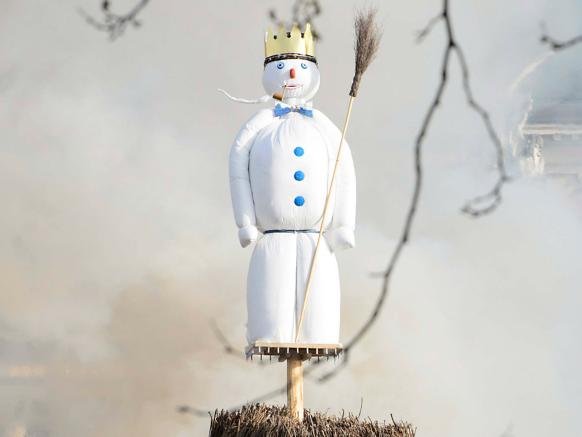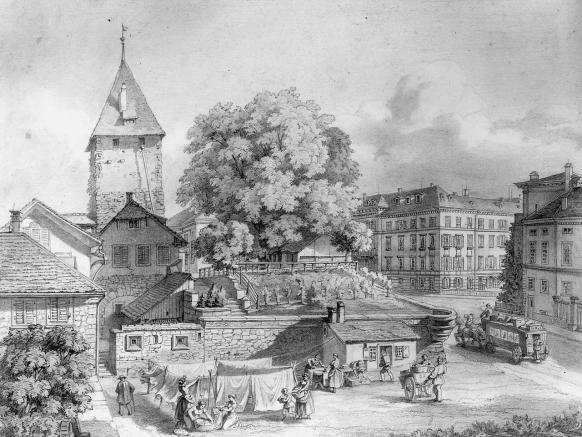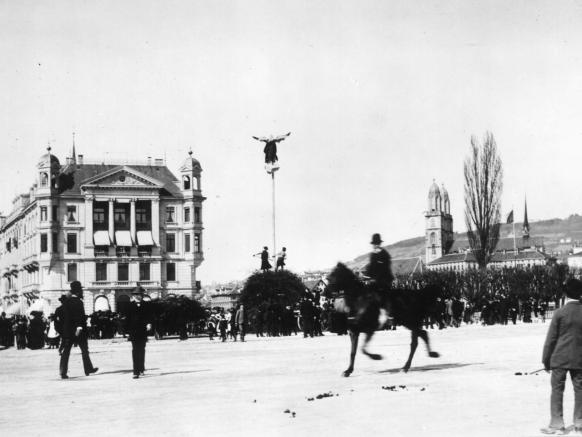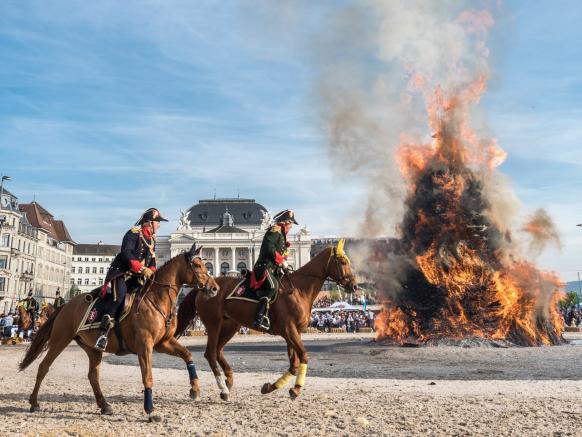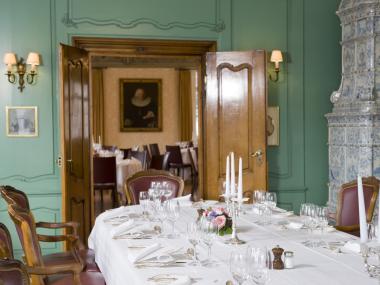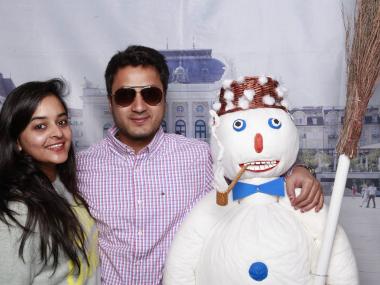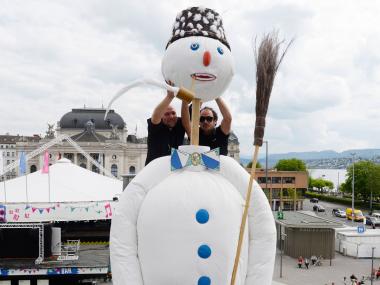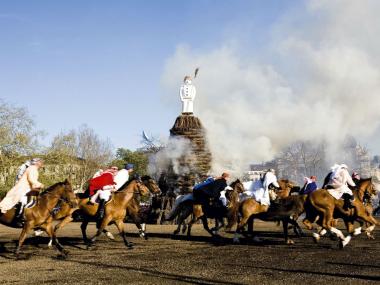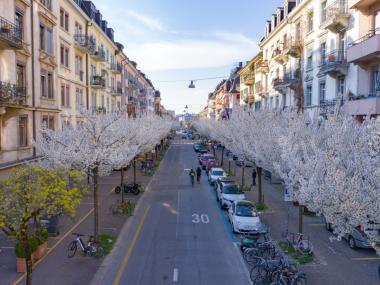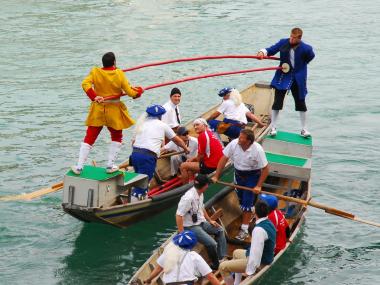Sächsilüüte – Sechseläuten
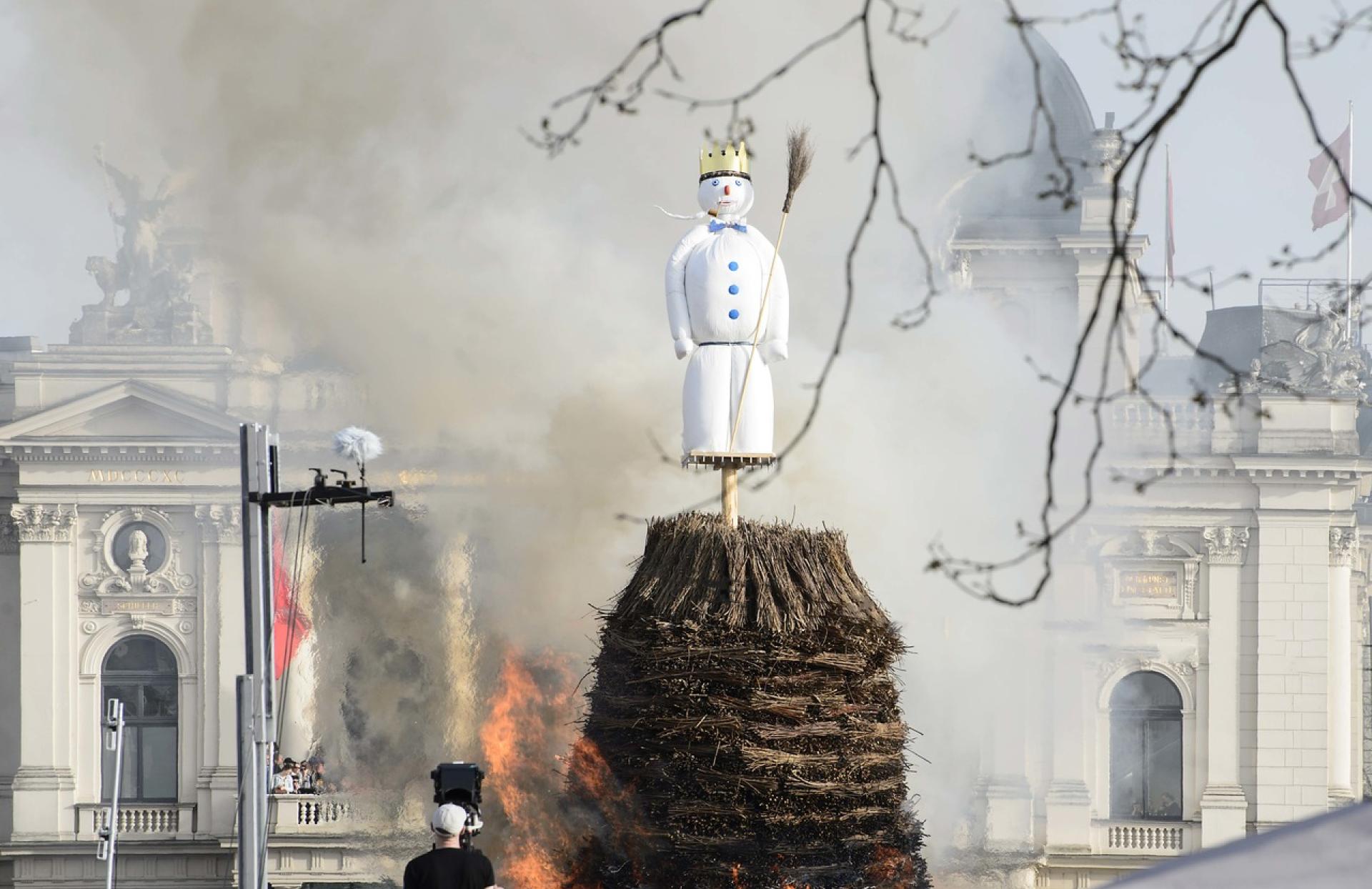
What is Sechseläuten?
April 28, 2025
Sechseläuten is a centuries-old tradition to herald the beginning of spring in Zurich. Besides guild members attired in historical costumes, the festival is characterized by music ensembles, horses, flowers, flags, and the Böögg. Nowadays, the Böögg is even the main protagonist: the pyre with the snowman figure on top is set alight when the clock of the St. Peter church strikes 6 pm. The faster his head – which is filled with fireworks – explodes, the finer the summer will be. At least that’s what the people of Zurich say.
You can read below where this custom originated and where the word “Böögg” comes from, and also find some tips on how to get the most out of your Sechseläuten experience.
History of the Festival
Back in the 16th century, the City Council – which at that time comprised exclusively members of various Zurich guilds* – resolved that in summer, work should stop an hour later than in the winter months. It was decided that on the first Monday after the vernal equinox, the second largest bell of the Grossmünster should ring out at 6 pm precisely to proclaim the beginning of spring. From this day until late fall, the working day would be one hour longer. “Sechseläuten”, or “Sächsilüüte” as it is called in local dialect – which literally means “the six o’clock ringing of the bells” – has been celebrated ever since.
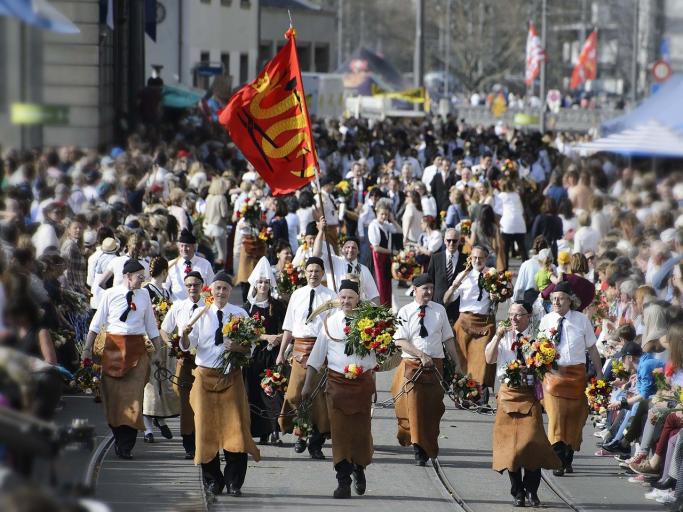
* Guilds
are associations of artisans or tradesmen that originated in the Middle Ages. They regulated common interests such as wages or price agreements and formed a social system with their own coat-of-arms, signs, and traditional attire. In Zurich, 26 guilds still exist today. They no longer regulate the everyday work of their members, but keep the custom and tradition alive.
Who or What Is the Böögg?
The Böögg is the main focus of attention during Sechseläuten. It stands at the top of a huge pyre, which on Sechseläuten Monday is set on fire at 6 pm on the dot. As a symbol for winter, the purpose of this tradition is to welcome the spring. However, the Böögg was not present at Sechseläuten right from the beginning. You can find out more in the picture gallery below.
Dates, Times, and Route
Children’s Parade on Sunday (April 27, 2025)
- 2.30 pm: Up to 3,000 children dressed in historical costumes accompany the Böögg on its way to Sechseläutenplatz.
Sechseläuten on Monday (April 28, 2025)
- 3 pm: 3,500 guild members dressed in their respective attire parade through the Old Town, accompanied by their guild music ensembles, riders on horseback, and parade floats. They are showered with flowers and provide a colorful and musical procession along the route to Sechseläutenplatz.
- 6 pm: The pyre with the Böögg perched on top is set alight.
Tips for a Perfect Sechseläuten Experience
- Already from midday onwards, the guilds gather at their respective guild halls and get ready for the parade. The city center, buses, and streetcars are decorated with flags and/or flowers.
- Starting at 3 pm, the procession makes its way down Bahnhofstrasse, turns back at Bürkliplatz, crosses the Rudolf-Brun-Brücke and heads along Limmatquai to Sechseläutenplatz.
- It is worth arriving at Sechseläutenplatz in plenty of time, as from 5 pm onwards the area around the square is very congested.
- At 6 pm, the pyre on which the Böögg is perched is set on fire. Up to this moment, bets can be placed on how long it will take for its head to explode.
- After the head has exploded with a bang, an (unofficial) barbecue takes place, with members of the public grilling sausages over the embers of the bonfire.
- On this evening, many of the surrounding restaurants and bars are in a festive mood. A perfect opportunity to strike up a conversation with the locals.
- The guilds visit each other in their guild halls, dressed in their costumes and accompanied by music and lanterns. A wonderful sight.
The Unofficial After-Party
When, after the big explosion, the pyre slowly collapses, spectators gather around the huge bonfire and, amidst a jovial party ambiance, barbecue sausages that they have brought with them over the embers until late into the evening.
Urban Legends, Flops, Failures, and Flaws:
- The faster the Böögg’s head explodes, the finer the summer will be. A burning time of between 5 and 12 minutes means a warm and sunny summer. Anything above that predicts rather rainy summer months.
- In 1921, a young lad – allegedly incited by communists – already set fire to the Böögg at 1.30 pm.
- In 1944, Sechseläuten was held at Enge Harbor, as its usual site, the Sechseläutenwiese, was being used to grow vegetables. On that occasion, the Böögg tipped over and fell into Lake Zurich.
- In 1950, 1960, 1993 and 1994, the Böögg fell off the pyre before its head had exploded.
- In 2006, the Böögg was abducted by a group of leftist revolutionaries. It reappeared at the Swiss Labor Day festivities on May 1 on Helvetiaplatz, and after disappearing again, it eventually turned up in the cellar of a school building. Nevertheless, Sechseläuten still went ahead as planned – using a replacement Böögg.
- In 2020, Sechseläuten had to be cancelled due to the coronavirus pandemic.
- In 2021, for the first time in its history, the burning of the Böögg did not take place in Zurich. To prevent crowds gathering, it was burned in the Schöllenen Gorge in Canton Uri.
